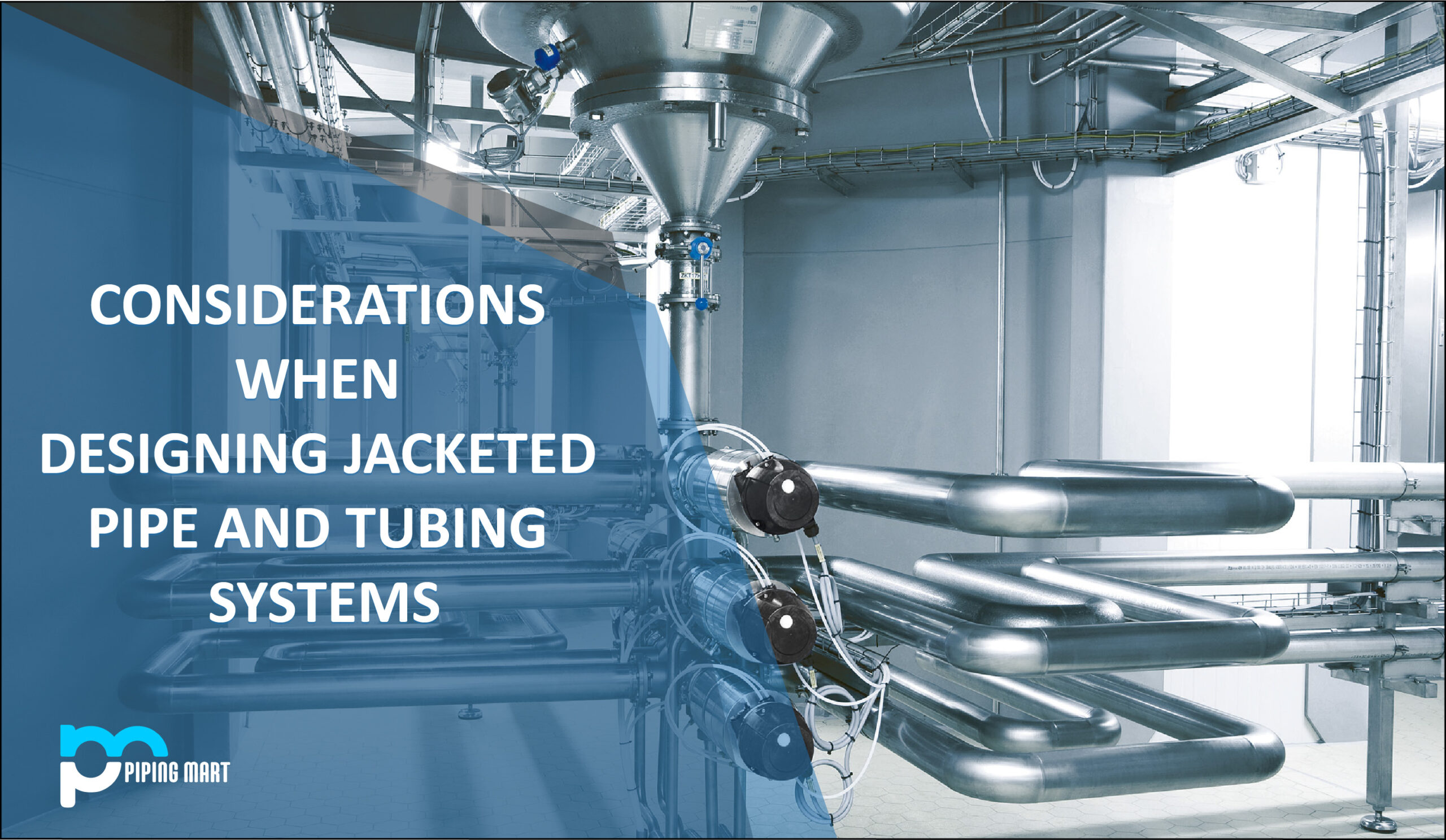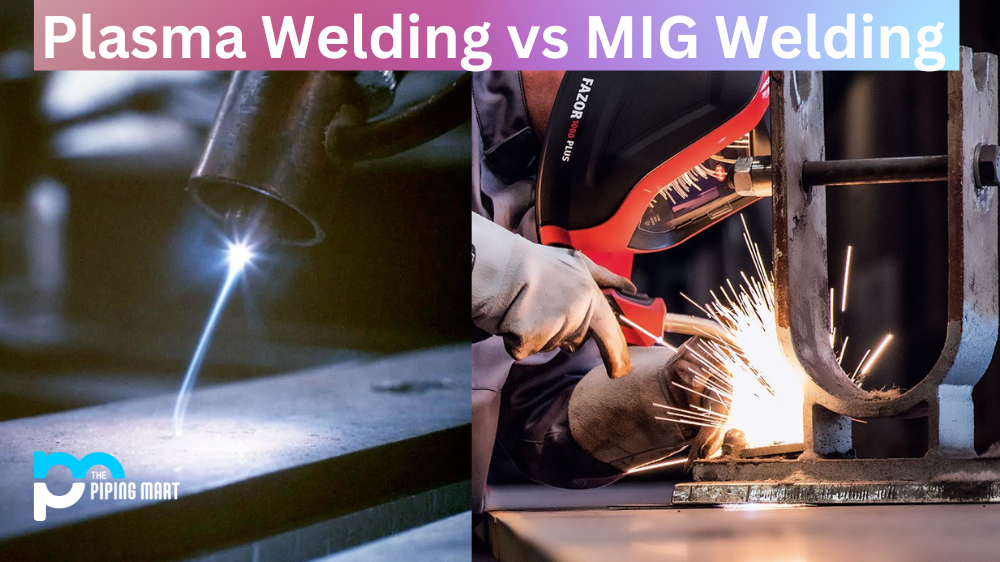Process engineers and plant managers in the sanitary processing sector constantly seek ways to increase system productivity. Jacketed pipe and tubing are essentially tubes inside tubes when speaking the language of processing systems. The product is transported using the inner tube or pipe. The media, which is pumped through the outer tube of this jacket to either heat or cool the materials flowing in the inner, product-carrying tube, has inlet and output ports.
When it comes to process piping systems that transport particularly viscous fluids, like honey, jacketed piping and tubing can be a good option. In this instance, the fluid going through the product pipe is warmed by a hot liquid contained in the outer pipe jacket, making it simpler to pump through process lines. A Jacketed pipe or tubing is best for goods that are shear sensitive or contain big particles when used to regulate fluid viscosity.
Usually, jacketed pipe systems can function across a wide temperature range. For instance, the CSI jacketed tubing systems are made to withstand product temperatures of 24°F to 300°F and medium temperatures of 34°F to 205°F.
8 Considerations In Designing Jacketed Pipe And Tubing Systems
Fluid Pressure – The fluid moving through the product side of the tubing must exert more pressure than the fluid moving through the media side of the tubing. The product is forced into the media tube as a result, rather than being sucked into the product line and contaminating the product if an unanticipated failure in the process piping happens.
Media Port Locations – The process piping’s lowest point should be where the system’s media inlet port is located, and its highest point should be where the output port is situated. Doing so guarantees that the media will act as planned and fill the jacketed pipe before leaving the system.
Slope – To make it easier for the system to drain completely, jacketed piping needs to be placed with a 1% slope in the line.
Fluid Flow – The system must be set up so that fluid moving through the media flows in the opposite direction from the product flow. This increases the intended rate of the product’s heating or cooling.
Pipe Breaks And Joints – A minimal amount of piping breaks or joints should be included in the design of tubed piping systems. Each interval affects the overall cost of the system in two ways: directly, through the physical costs of the parts (i.e., the material prices of the media or product lines), and indirectly, through the expenses of preventative maintenance.
Annular Space – Make the ideal annular area between the media tubes and the product. This avoids issues such as the product hardening or burning, among others.
Piping Stress – If the media jacket and product core operate at drastically different temperatures or are composed of different materials, high strains may develop in the jacketed tube system. To account for all possible core/jacket temperature combinations and external loading, doing a piping stress study on a system of jacketed pipes is a good practice.
System Components And Layout – Last but not least, bear the following in mind while constructing a jacketed tubing system:
- Requirements for the jacketed tube’s periphery insulation (e.g., wrapped fiberglass or polyfoam).
- Considering cycle times and durations, the thermal variations, and expansions between the product and medium lines.
- Various piping section connector types are used (i.e., expansion joints versus welded connectors).
- On the media side is the potential for crevice corrosion (this impacts the materials used in the construction of the jacket).
- Internal supports for the product pipes are required.
- The specifications (if any) for turbulence prevention devices like fins, flow disruptors, and wraps in the pipeline.

Pipingmart is B2B portal specializes in industrial, metal and piping products. Also, share latest information and news related to products, materials and different types grades to help business dealing in this industry.




